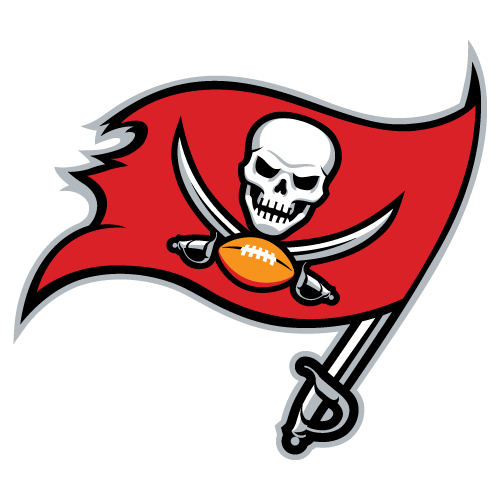2025 NBA Playoffs: Nuggets vs. Clippers Series Preview and Analysis

Alex Christenson














 Denver Nuggets
Denver Nuggets
 Minnesota Timberwolves
Minnesota Timberwolves
 Oklahoma City Thunder
Oklahoma City Thunder
 Portland Trail Blazers
Portland Trail Blazers
 Utah Jazz
Utah Jazz
 Dallas Mavericks
Dallas Mavericks
 Houston Rockets
Houston Rockets
 Memphis Grizzlies
Memphis Grizzlies
 New Orleans Pelicans
New Orleans Pelicans
 San Antonio Spurs
San Antonio Spurs



Get 10% Off: Promo Code RATPACK
